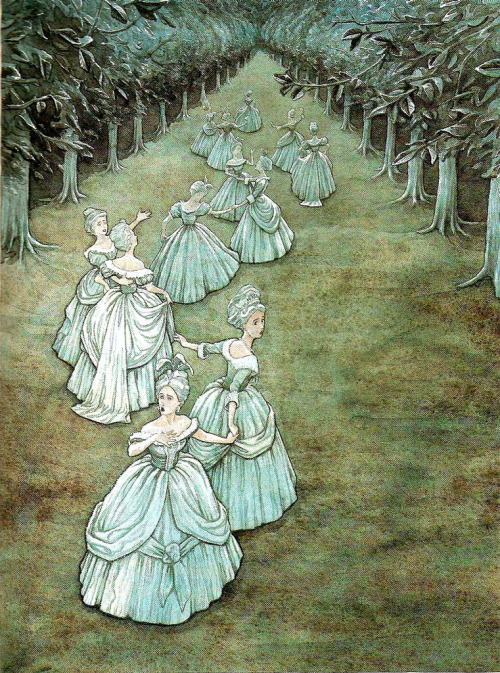I know this is a first for me to jump into two Top Ten Tuesdays in a row, but the superb bloggers over at The Broke and the Bookish came up with another topic for which I'm eager to toss around my two cents:
Top Ten Eight Trends of which I'd Like to See More/Less
 |
| Awesome picture found here! |
1. MORE: Though "cowbell" should be my number one on any list of what I want more of, the first trend I can think of is
Stand Alone Novels! I feel like series, and specifically trilogies, have become the norm and I really enjoy when authors can take the time to just write a single well-told story without any to-be-continued at the end. I can think of a number of books that have been released since I began blogging (
Matched, Nightshade, Paranormalcy, The Iron King, etc) that I've avoided reading because I don't like to be in the middle of too many unfinished series at one time. I don't inherently object to series books, but I much prefer them when each entry in the series is a complete story in itself. (A great example is
Delirium - though I recently found out Lauren Oliver has a sequel in the works, the first book works perfectly fine on its own.)
2. LESS: I'm a fan of color and the first trend I can think of that's starting to wear on me is
Black Covers. I talked a bit about the Twilight-esque covers in the comments of
this post, but all-in-all I'm a bit amazed how many covers tend toward such dark colors these days. I would think that bright vivid ones would be more eye-catching but I'm always amazed when I walk into the few remaining bookstores near me and am confronted by black, black, and more black.
3. MORE: Though I mentioned the book in a previous
Top Ten Tuesday post about
movies, one of my favorite books is
The Princess Bride by William Goldman. I mention it here because I think it's a great example of a
Young Adult Work that Appeals to Males as well as females, and I would love to see more books in that category.
4. LESS: Along those same lines, I think the book world can afford to do with less novels about
Thirteen-Year-Old Girls riding around in Limos and Drinking Martinis. I know a lot of what I read as a young girl was very much fluff-fiction, but I seem to see lots of books these days geared at girls in which the main characters are rich socialites. Though I understand the fun of these characters, why not decrease this trend and have more females making a difference rather than just enjoying themselves.
5. MORE: And while I'm on the subject of having more characters make a difference, my wishlist of trends definitely includes more
Novels Set in the Real World. I like dystopia as much as the next reader, but I also enjoy a good story about friendship or a classic mystery in a suburban setting.
6. LESS: Reading should be about connecting to real life as much as it should be about escapism or daydreaming, and while I'm dreaming about more novels with realistic settings, could we also get a little less
Paranormal? For a while it was just vampires that were overdone but now it seems that werewolves, zombies, angels, demons, psychics, and ghosts have all happily joined the parade.
7. MORE: Someone once explained the supernatural trend in literature in saying that all the good "normal" stories have already been told, but if that truly is the view, I say, why not retell them? Great stories do stand the test of time and I love the trend of
Updating and Reinventing Classics. I'm not talking about all the "And Zombies" quirk stories that, for me, fall firmly in the LESS category, but rather the young adult novel that focuses on making a classic story accessible to today's audience. There's a wealth of source material, so really authors, what are you waiting for?
8: LESS: Just don't be one of the countless authors that's writing a
Retelling or Sequel to Pride and Prejudice. Please. Please, please, please, can we as a literary community agree to finally leave the Bennets, Bingleys, and Darcys alone? The original is a masterpiece and some of the new spoofs and homages have been great fun but the market is saturated and I really think we can all survive without another glimpse into the life of Denny's cousin's butler or Georgiana's friend's secret diary. There are countless other works out there - even plenty other Austen pieces - that haven't had the
abuse attention given them that
Pride and Prejudice has garnered.
I think I'm going to stop this list at eight today. As always, I love to hear your thoughts, agreements, and disagreements. Thanks for stopping by and thanks again to
The Broke and the Bookish for always hosting such a fun start to the blogging week!



































































